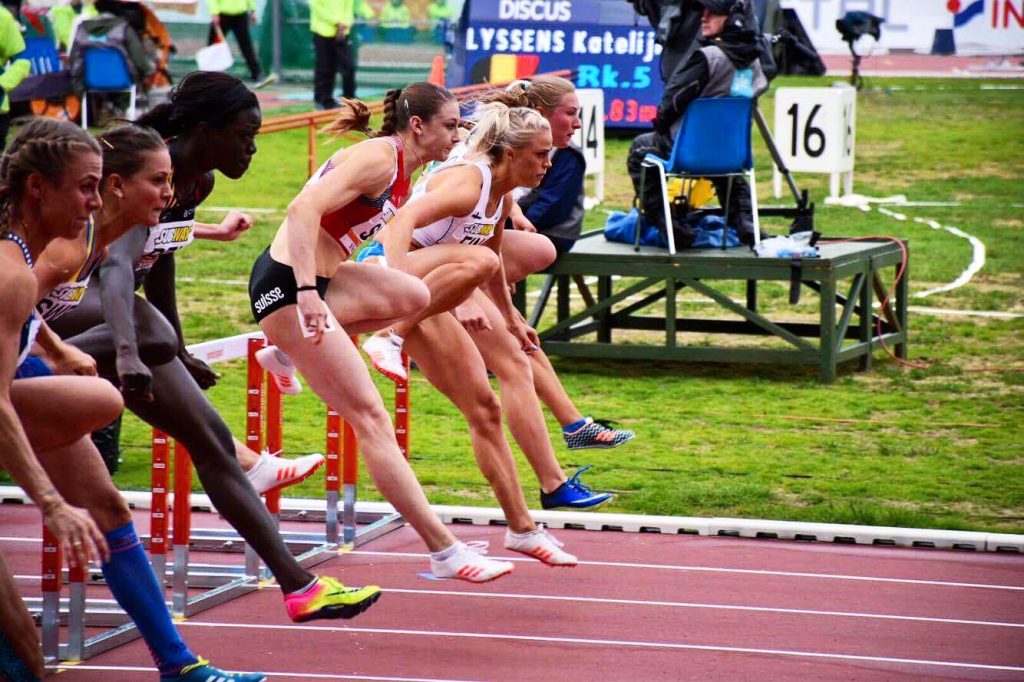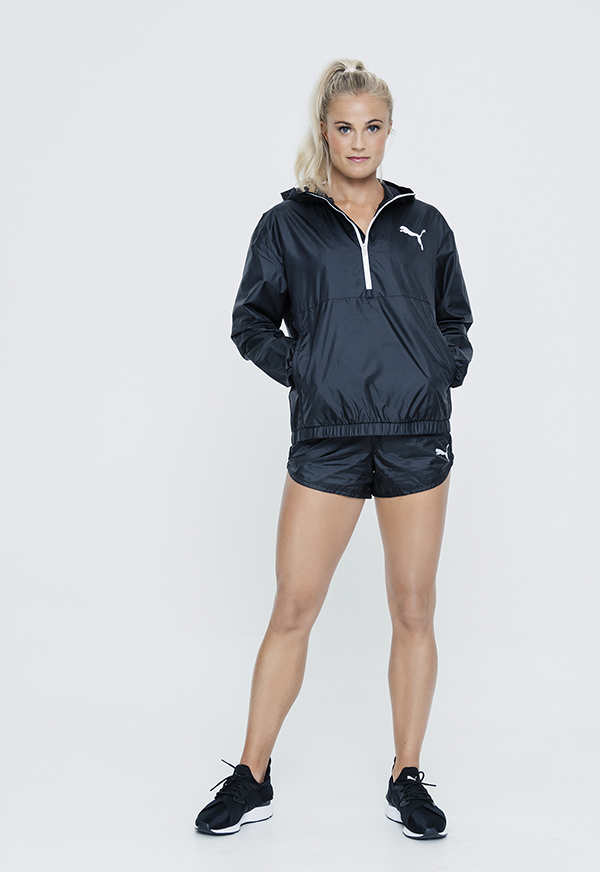Could social media and personal branding help female athletes to gain more prestige?
The sports media is actively showing off how much they have improved to increase women’s media coverage. Unfortunately, the figures tell us the opposite. Last year, female athletes got 4% of the worldwide sports media coverage according to UNESCO.
In 2017, BBC Sport’s Barbara Slater, commented, ‘There’s a transformation in women’s coverage.’ But that change has been extremely slow although. Through social media, there are signs of positivity on the horizon.
Lotta Harala, a Finnish hurdler aiming for the Tokio 2020 Olympics, feels that in Finland the situation is better.

‘It has been an issue in Finland but I think the media organisations have made a good progress regarding this. Especially with the traditional sports, like cross-country skiing and track and field, men and women are equally represented in the sports media,’ she says.
But she adds that those sports that have been traditionally male dominated are still struggling with the unequal coverage.
‘Luckily, this issue is widely discussed in Finland, and we are going to the right direction,’ she continues.
We have come a long way from those days when sport was only seen as a celebration of masculine athleticism. More and more women are interested in sport and the participation in sport is almost equal, also in the Olympic Games.
Despite that fact, women receive only a scarcity of the worldwide sponsorship deals according to The Commission on the Future of Women’s Sport in the UK. Unfortunately, it is the same with the prize money.
Why aren’t the multinational companies interested in investing in female athletes? And, why aren’t the international professional sport leagues able to pay the equal prize money for women?
One answer is that media is not interested in showing women’s sport. Companies do not get interested in investing in female athletes, as they don’t get the return of their investment back with an increased media attention.
Now, the very recent research on this topic shows that female athletes are more active on social media and suggests that women could use this to increase their visibility. Through that female athletes could also gain more attention from possible sponsors.
Harala is a well-known Finnish athlete, and also active on social media. She is especially noted for her positive and natural presence. With more than 33,000 followers on Instagram she can give her sponsors a broad visibility.
‘Social media has helped me a lot to get sponsorship deals. It is important for me that I can give them (sponsors) back social media visibility additionally to my sporting achievements. I feel that social media is a very natural way to give visibility to my sponsors. This is also something that is a natural part of the partnership contracts nowadays.’
Women do not only get a negligible amount of coverage; the coverage is usually very sexists and the media is more interested in women’s attractiveness than their sporting achievements.
Female athletes tend to argue about it but at the same time they show themselves in the social media a lot more private and appealing way than men. Are women already too sensitive for the media debate?

‘I don’t feel that I have been misrepresented in the media. I haven’t felt it as a problem if the media has mentioned something about how I look. At the same time, I understand that this might be problematic for some female athletes and also I want to be known primarily for my sporting achievements.’
Self-branding is a hit phrase nowadays. Not only in business world but in sport as well. Everyone needs to have their own unique brand, and this brand must actively be shown in different social media channels.
Also Harala thinks that it is a crucial thing for athletes to have a personal brand in order to achieve sponsorship deals and to be able to live as a professional athlete.
‘I think it is important for athletes to have a positive brand nowadays but I’m not sure if that is something that athletes should consciously concentrate on. It is more like a by-product when you give a natural and genuine picture of yourself to media and to social media as well,’ she explains.
At the same time, when it is important for athletes to brand themselves in social media, it is something that can take too much time from the actual work; focusing on training, competing and resting.
‘I have noticed that social media might easily take a way too much time. The quality of the pictures must be good, I have to edit the pictures and think carefully what I write to pictures. After I have posted something, I have to be present for my followers and fans and reply to their comments. It really takes a lot of time.’
Harala has tried to limit the time she uses on social media and she priorities always sport related matters above everything else.
It is not only important for athletes themselves to gain more attention in the media. It is also important for every single little girl that media shows equally men’s and women’s sport. Media should display female sport as entertaining, exciting and inspiring.
Female athletes are role models and a better coverage would show for women and girls that sport is not only for men but equally for women. It could also provide a positive and healthy body image for girls. Now, it’s the final moment for media to deal equally with men and women – with the help of social media or without it.
Photos: Lotta Harala